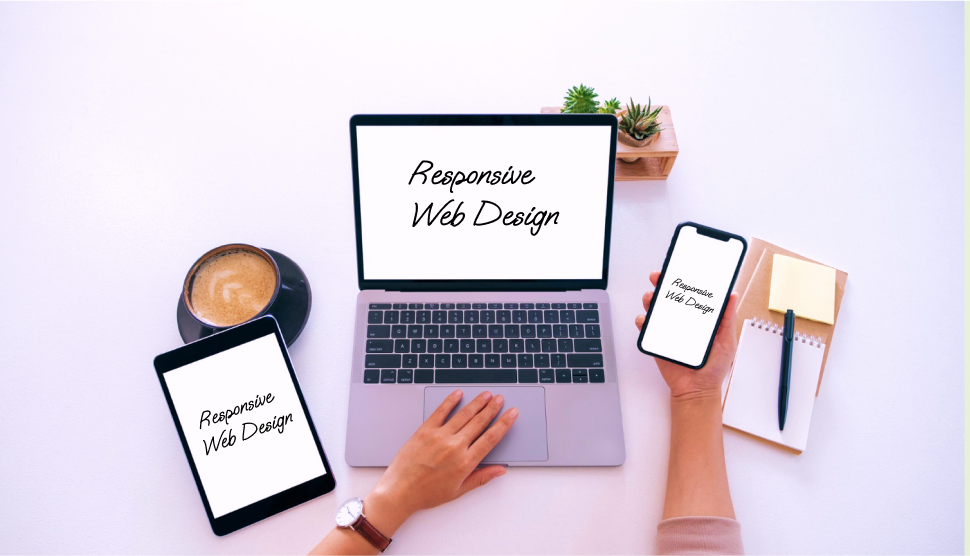Buzz Haven: Your Source for Trending Insights
Stay updated with the latest buzz in news, trends, and lifestyle.
Responsive Web Design: Making Pixels Dance Across Screens
Unlock the secrets of responsive web design and watch your pixels dance beautifully across all screens. Discover how today!
The Fundamentals of Responsive Web Design: Key Principles Explained
Responsive web design is a crucial approach in creating websites that provide an optimal viewing experience across a wide range of devices. The key principle behind responsive design is to use fluid grids, flexible images, and CSS media queries to ensure that your website adapts seamlessly to different screen sizes. By implementing these elements, you can enhance usability and accessibility, making it easier for users to navigate your site regardless of whether they are on a desktop, tablet, or smartphone.
One of the foundational concepts of responsive web design is the fluid grid system. This involves using relative units like percentages instead of fixed units like pixels when defining widths, allowing your layout to resize effectively. Additionally, flexible images are essential as they must adjust to fit the varying dimensions of screens without losing quality. Finally, CSS media queries play a vital role in applying different styling rules based on the device characteristics, ensuring a tailored experience that meets user needs effectively.

Top Strategies for Achieving Seamless Responsive Web Design
Achieving a seamless responsive web design is essential in today's digital landscape, where users access websites from various devices. One of the top strategies is to implement a mobile-first approach. This means designing your website for the smallest screen first and progressively enhancing its layout for larger devices. By prioritizing mobile users, you ensure that your site is accessible and user-friendly, regardless of the device used. Additionally, consider employing flexible grids and layouts that adapt to different screen sizes, allowing content to flow seamlessly without losing its integrity.
Another effective strategy is to utilize media queries in your CSS. Media queries enable you to apply different styles based on the device's characteristics, such as screen width or orientation. This allows for a tailored user experience on all devices. Moreover, it's crucial to optimize images and other media assets to prevent slow loading times, which can negatively impact user experience and search engine rankings. By focusing on both design and performance, you can create a seamless responsive web design that enhances user engagement and satisfaction.
Common Mistakes in Responsive Web Design and How to Avoid Them
Responsive web design is crucial for enhancing user experience across various devices, but many designers fall into common pitfalls. One of the most frequent mistakes is neglecting the viewport meta tag, which tells browsers how to adjust the page's dimensions and scaling. Without it, mobile users may find themselves struggling with poorly scaled content. Another common error is using fixed pixel values instead of flexible ones; this often leads to design elements that do not adapt properly to different screen sizes.
Additionally, overlooking touch targets can create significant usability issues on mobile devices. Buttons and controls that are too small can frustrate users, leading to increased bounce rates. To avoid this, ensure that touch targets remain at least 44x44 pixels. Lastly, failing to test the website on multiple devices and screen sizes can lead to unresponsive design flaws. Comprehensive testing is essential to ensure a seamless experience for all users, regardless of the device they are using.